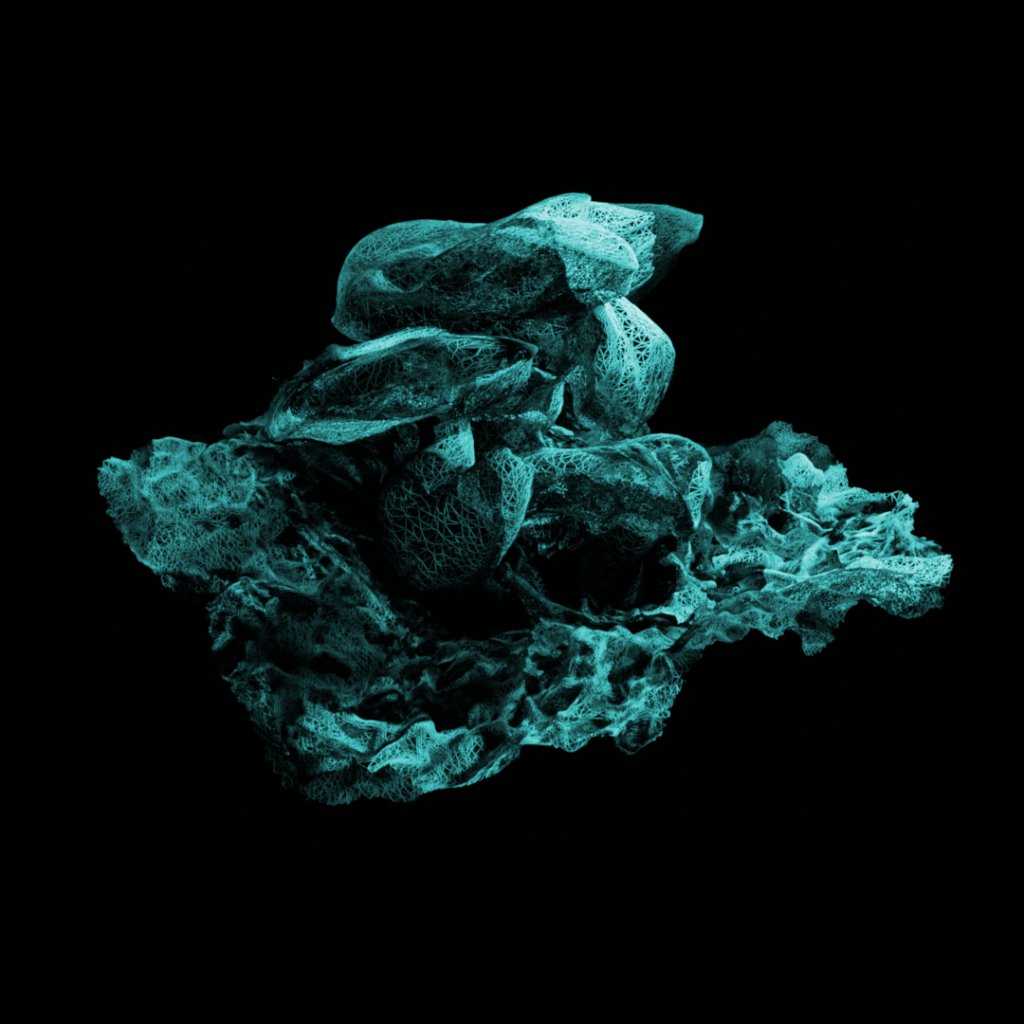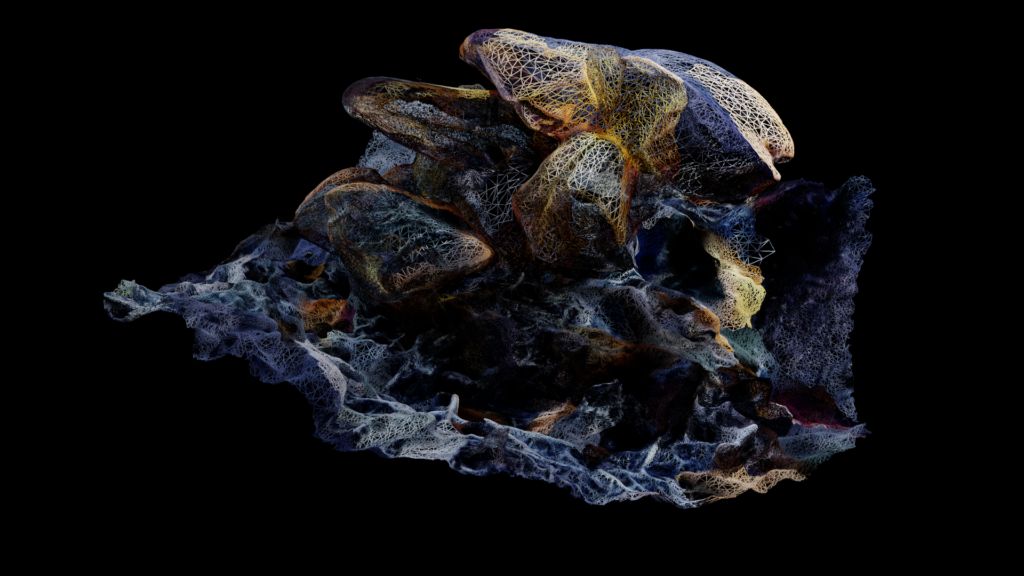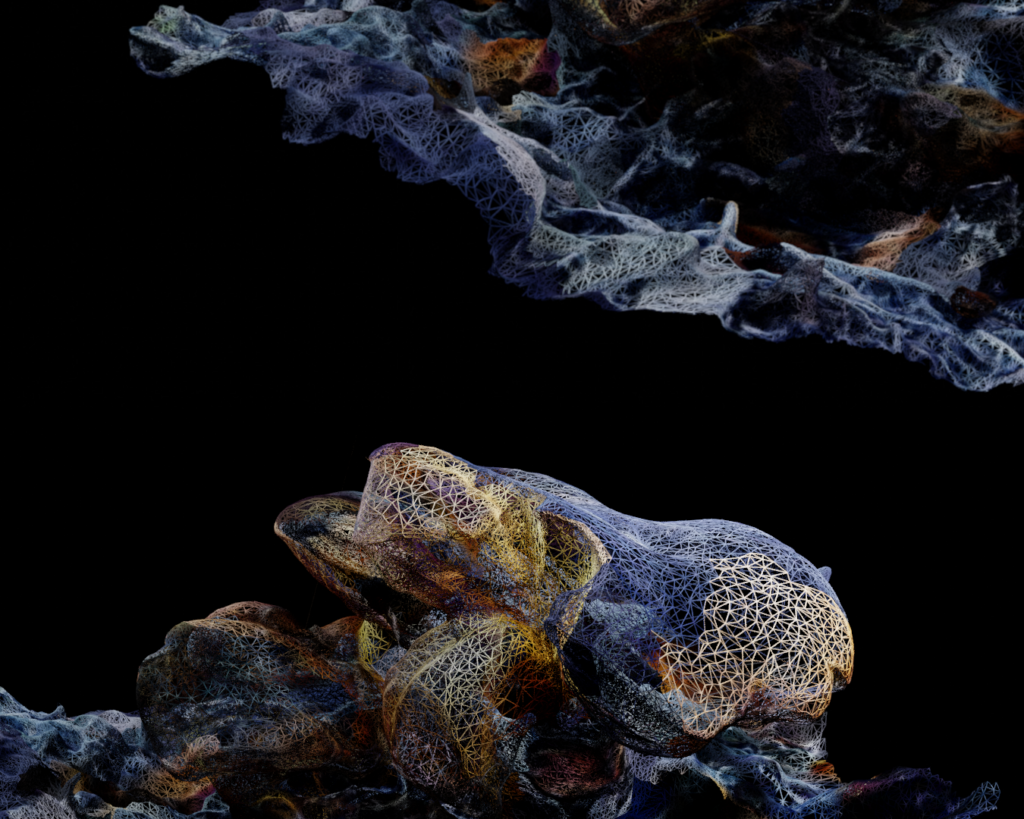ghost in the fungi
The understanding of fungal intelligence and its relationship with other living beings challenges our perceptions of the living and nature as quasi-independent entities (similar to the belief about humans) and pushes us to shape new perspectives on ecosystemic relationships, while other paradigms emerge.
In the development of Western technology, milestones have been marked that altered our complete view of the world and consequently our ways of relating to other human and non-human beings. Among these, the idea of the machine as a “living” entity due to its similarity to some traits we understand as intelligent generated the belief that something once thought to be empty begins to show signs of containing an anima.

The philosophical myth expressed in “The Ghost in the Machine” describes this Cartesian idea of the origin of an entity internal to the machine, being precisely the inheritor of a dualistic thought about the living.
Today, in the context of planetary crisis, alongside the diversity of actions to rethink our coexistence relationships, it is necessary to revisit the questioning of dualistic thought and the naturalistic ontology integrated into worldviews. The idea of multinaturalism proposed by Eduardo Viveiros de Castro stands in opposition to the idea of multiculturalism, where there are multiple cultures and only one nature.

There is a diversity of natures that contain other ways of perceiving more-than-human beings around the world. Among these, Amazonian animistic thought is, on one hand, a worldview that contrasts with the classical concept of animism and, on the other hand, a vision arranged as a network of exchanges of various interconnected living entities. This radically different way of seeing human and non-human beings.
The idea of Ghost in the Fungi is then conceived as a critique of the singular idea of anima implicit in the concept of The Ghost in the Machine, from which to consider other possibilities of looking at the living.
